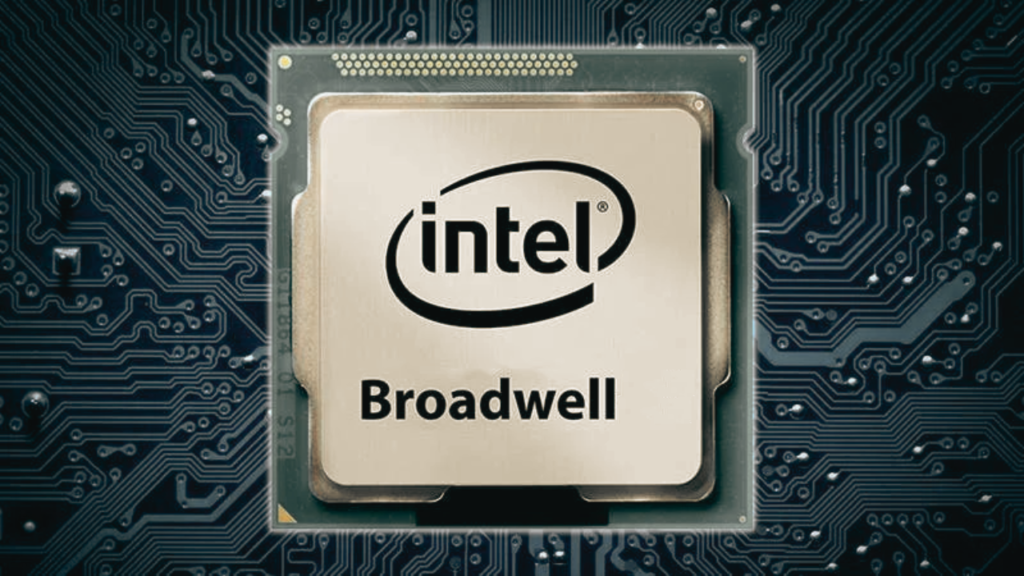The semiconductor industry is always in a constant state of development, with each new generation of microprocessors introducing improvements over the last. One of the key players in this industry is Intel, which has been releasing a series of processors using their ‘Tick-Tock’ model of innovation. In this article, we’ll delve into the comparison of two major releases in Intel’s processor lineup – Haswell vs Broadwell.
Dashlane vs LastPass: An In-depth Comparison
Haswell
Introduced in 2013, the Haswell generation represents the 4th generation of Intel Core processors, a ‘Tock’ in Intel’s model signifying a new microarchitecture. Haswell processors were built using a 22nm process technology, which was a step forward from the preceding 32nm Sandy Bridge generation.
The Haswell generation was designed to improve upon power efficiency and overall performance, with a substantial emphasis on integrated graphics. Haswell chips boasted significant improvements in battery life, making them an excellent choice for laptops and portable devices. They also brought new instructions, including AVX2, that boosted performance in applications like media processing and 3D modeling.

Broadwell
The Broadwell generation, introduced a year later in 2014, was a ‘Tick’ in Intel’s innovation cycle, meaning it incorporated a process shrink – down to a 14nm process – but largely retained the Haswell architecture. As a result, Broadwell CPUs presented a much smaller die size, which led to higher efficiency and less power consumption.
Broadwell processors saw an improvement in graphics performance over their Haswell counterparts, thanks to a larger cache and more execution units. They were particularly beneficial for mobile devices, where battery life is a critical factor, due to their lower power draw. Broadwell also introduced the first Core M processors, designed explicitly for fanless systems like ultrabooks and tablets.

What is the difference between Haswell and Broadwell?
Although Haswell and Broadwell’s generations were relatively close in terms of release dates, there were several notable differences. The transition from Haswell to Broadwell included improvements in power efficiency, performance per watt, and graphics capabilities.
Broadwell’s process shrinks to 14nm allowed for a smaller die size, thereby enabling more transistors in the same space and a lower power draw. The combination of these factors led to more efficient computing, giving Broadwell a distinct edge over Haswell in devices that prioritize battery life.
The graphics capability saw a substantial boost in the Broadwell generation. Thanks to an increase in execution units and cache, Broadwell chips provided up to 20% improvement in graphics performance compared to Haswell, making them a better choice for tasks that rely heavily on integrated graphics.
Haswell Generation
The Haswell generation was a significant leap forward in Intel’s processor lineup, bringing significant improvements in power efficiency and graphics performance. However, its primary emphasis was not raw performance; instead, it was on making devices more mobile-friendly through reduced power consumption and enhanced integrated graphics.
Innovations introduced during the Haswell generation had far-reaching effects. Haswell processors set a precedent for future generations, establishing power efficiency and integrated graphics as central features in subsequent CPU generations.
How to Completely Erase Your Hard Drive
Broadwell Generation
Broadwell was all about refinement. By shrinking the process size, Broadwell managed to cram more transistors into a smaller space, thereby achieving better performance per watt. Moreover, the enhancements to the integrated graphics made Broadwell chips more capable for multimedia tasks.
The Broadwell generation was significant not only because of the improvements it introduced but also because it marked the start of Intel’s focus on the ultra-mobile and fanless devices with the Core M series.
Conclusion
Haswell and Broadwell marked significant milestones in Intel’s microprocessor history. While Haswell set the tone for power efficiency and improved graphics, Broadwell refined this approach, offering even better power management and graphic performance.
Choosing between Haswell and Broadwell ultimately comes down to one’s specific needs. If your priority is power efficiency, particularly for mobile devices, then Broadwell’s enhanced performance per watt makes it a compelling choice. However, if your system is more stationary and plugged into a power source most of the time, then the cost-effectiveness of Haswell chips could be more appealing.
It’s important to note that while this comparison highlights the differences and advantages of these two generations, newer generations of Intel processors have been released since then, bringing even more advanced features and capabilities. Therefore, for most consumers, processors beyond the Broadwell and Haswell generations may present the most suitable options.
The primary difference lies in the process technology and graphics performance. Broadwell uses a smaller 14nm process compared to Haswell’s 22nm process, leading to higher efficiency and less power consumption. Broadwell also offers better graphics performance than Haswell.
Haswell processors are versatile and work well in a variety of devices. However, with their focus on power efficiency, they are particularly good for laptops and portable devices that need to balance performance with battery life.
The smaller 14nm process technology in Broadwell processors allows for a greater number of transistors to be packed into the same space, leading to higher efficiency and lower power consumption.
Broadwell offers better graphics performance due to an increase in execution units and cache.
The introduction of the Haswell generation brought about significant improvements in power efficiency and graphics performance. These improvements paved the way for Intel’s focus on more mobile-friendly processors in future generations.
The Broadwell generation marked Intel’s move towards ultra-mobile and fanless devices with the introduction of the Core M series. It also introduced a 14nm process technology that led to better power efficiency and improved graphics performance.
Yes, both Haswell and Broadwell processors are compatible with motherboards that have an LGA 1150 socket.
Users with systems that are typically stationary and plugged into a power source most of the time may find Haswell processors to be more cost-effective.
A: While Broadwell processors do have improved integrated graphics over Haswell, for high-end gaming, a discrete graphics card is typically more important.
Newer generations of Intel processors have continued to refine and build upon the advancements made in the Haswell and Broadwell generations, leading to more advanced features and capabilities. Therefore, they are likely to provide better performance and efficiency.






0 Comments